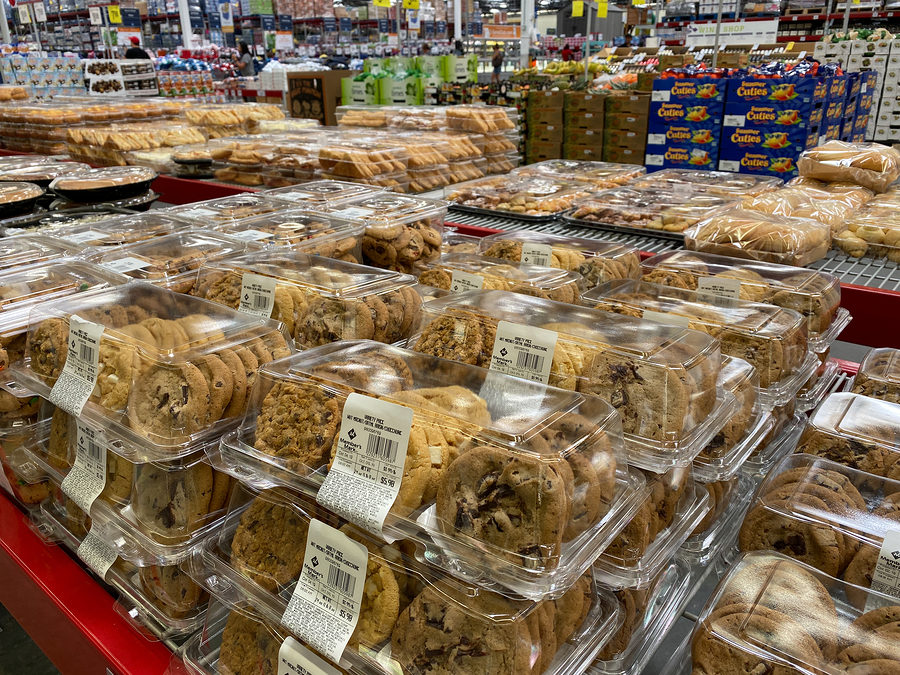 Chemical and artificial additives have long been the go-to for supporting shelf life in the bakery aisle. Over the years, they’ve become reliable and easy to use in a wide variety of formulations. But the growing interest in clean label ingredients calls for some natural alternatives.
Chemical and artificial additives have long been the go-to for supporting shelf life in the bakery aisle. Over the years, they’ve become reliable and easy to use in a wide variety of formulations. But the growing interest in clean label ingredients calls for some natural alternatives.
It can be a struggle finding the right clean label ingredients for each application, as well as figuring out how to get them to boost shelf life without negatively affecting the rest of the recipe. Natural preservatives often require some experimentation, but the payoff is a label-friendly ingredient list that satisfies consumer cravings.
Here are some clean label ingredients to help bakers rise to the challenge.
Enzymes
There’s a wide variety of enzymes that help bakers strengthen and condition dough. Amylase and lipase enzymes, in particular, fight against staling by acting as crumb softeners and inhibiting starch retrogradation.
The challenge with enzymes, however, is that variations in things like temperature, processing time, and moisture levels impact their functionality. Other ingredients in the formula can also influence their efficiency, for better or worse. So enzymes are best mixed with additional clean label solutions to achieve desired freshness.
Antioxidants
Trading in synthetic antioxidants for natural ones — such as tocopherols, citric acid, and ascorbic acid — will likely require some adjustments. Natural antioxidants, though successful at slowing lipid oxidation and lengthening shelf life, don’t fare well in high temperatures and long processing times. They’re not as stable as synthetics, and therefore may not be suitable for certain applications.
But, with some thoughtful formulation and processing, natural antioxidants can be a great clean label solution. Bakers will have to consider at what point they apply the antioxidants, which types of antioxidants will work best for each application, and how to balance the dosage (i.e., too much impacts flavor, while too little will be ineffective). Recipes that have high fat or water content will make it easier to distribute the antioxidants and maximize performance.
Oils
Oils are quite common in bakery products, helping retain moisture and prolong freshness. And, the best part is, they’re sourced from plants and already fit under the clean label umbrella. But they may require the help of antioxidants to maintain stability and prevent peroxidation.
In particular, oils with high-oleic acid content — like sunflower, extra virgin olive, and avocado oils — slow staling while adding heart health benefits (e.g., lowering cholesterol and blood pressure).
Natural mold inhibitors
Calcium propionate has long been a favored chemical mold inhibitor, dependably helping baking manufacturers preserve freshness. Unfortunately, it doesn’t fit into the clean label category.
Naturally fermenting ingredients, such as acids found in juice concentrates and vinegar, offer promising alternatives. These ingredients help prevent spoilage by reducing pH and hindering bacteria growth. However, bakers should exercise caution with fermenting ingredients — adding too much to the mix may slow down yeast activity and create unfavorable odors, tastes, and colors.
Cultured wheat flours also act as mold inhibitors. Or, for gluten-free applications, bakers may consider adding oat flour to their flour mixes to help extend shelf life.
________
Bakery recipes usually require some trial and error and a combination of the above ingredients to perform as well as, if not better than, products containing artificial preservatives. The end result is long-lasting freshness with clean label appeal.

